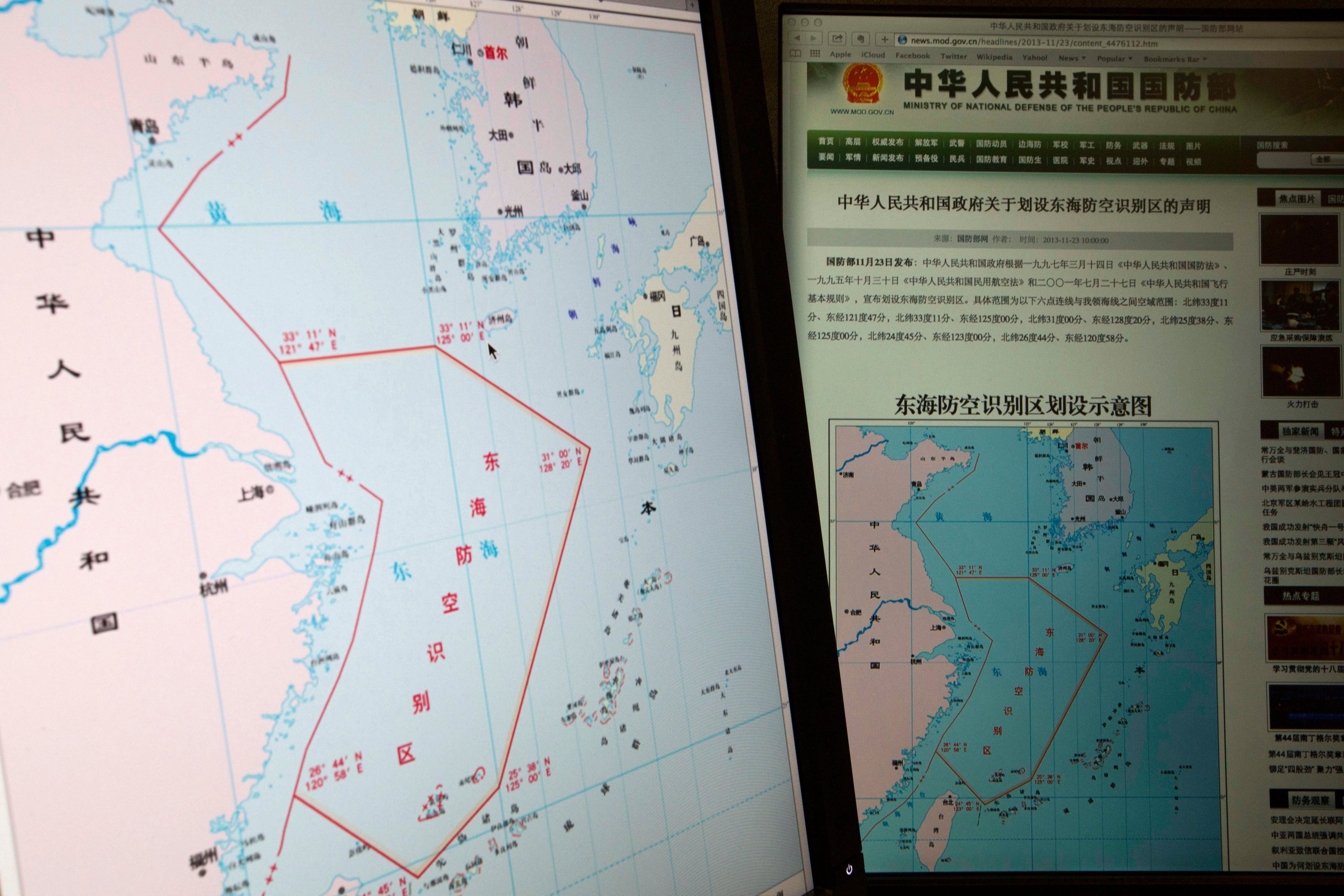If China goes forward with plans to establish another Air Defense Identification Zone in the region, the U.S. could be forced to change its military posture in Asia, a former senior national security official said this week.
“We oppose China’s establishment of an ADIZ in other areas, including the South China Sea,” Evan Medeiros, the former senior director for Asian affairs at the National Security Council, said in an interview with Japan Times. “We have been very clear with the Chinese that we would see that [setting of another ADIZ] as a provocative and destabilizing development that would result in changes in our presence and military posture in the region."
An ADIZ is airspace over land or water in which the identification, location and control of aircraft is jointly performed by civilian air traffic control and military authorities in the interest of a country’s national security.
China set up one ADIZ over the East China Sea in 2013, which many viewed as an attempt to try and bolster its claims over disputed territories, like the uninhabited Senkaku islands.
China began to elevate its claims to the Japan-controlled Senkaku Islands in the 1970s after studies indicated there may be vast oil reserves in the surrounding sea bed, according to Japan Times.

The United States is obligated to defend aggression against territories under Japanese administration under Article 5 of the U.S.-Japan Treaty of Mutual Cooperation and Security.
Defense Secretary James Mattis reaffirmed in 2017 that the defense obligation extends to the Senkakus.
“I made clear that our longstanding policy on the Senkaku Islands stands,” Mattis said, according to a Pentagon transcript. “The United States will continue to recognize Japanese administration of the islands.”
U.S. officials have also criticized China for setting up an ADIZ that overlaps with similar zones operated by Japan, South Korea and Taiwan without prior consultation.
RELATED

The Chinese have labeled recent missions by nuclear-capable U.S. Air Force B-52 bombers over the South China Sea as “provocative."
Two separate B-52s also flew over the East China Sea this week. The Pentagon called all of these flights routine.
“If it was 20 years ago and had they not militarized those features there, it would have been just another bomber on its way to [Naval Support Facility] Diego Garcia or wherever,” Mattis told the press, according to a Pentagon transcript. “So there’s nothing out of the ordinary about it."
China has also been accused of militarizing the South China Sea — which includes important shipping routes, fisheries and hydrocarbons. The Chinese military has built islands on existing reefs and placed airstrips, radars, missiles and other military equipment on them.
Multiple other countries in the region, to include Vietnam and the Philippines, claim portions of the South China Sea as well.
Kyle Rempfer was an editor and reporter who has covered combat operations, criminal cases, foreign military assistance and training accidents. Before entering journalism, Kyle served in U.S. Air Force Special Tactics and deployed in 2014 to Paktika Province, Afghanistan, and Baghdad, Iraq.





